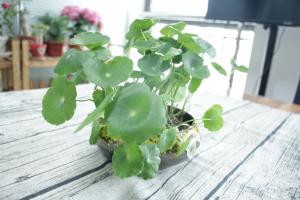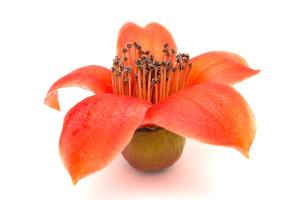Can Tomatoes Be Planted in a Fall Garden?
When we think of tomato plants, many of us think of summer gardens and the bounty of juicy, red fruit that comes with a successful harvest. However, with proper planning and understanding of growing conditions, tomatoes can certainly be planted and grown in a fall garden. Here are some things to consider when deciding whether or not to grow tomatoes in your fall vegetable garden.
Climate and Temperature
One of the most important factors to consider when planting tomatoes in a fall garden is the climate and temperature of your region. Tomatoes are warm-season plants and require warm soil and air temperatures to thrive. If your climate in the fall months is too cool, it may not be the best time to plant tomatoes. If the temperature is too low, the plants will grow slowly, produce less fruit, and may be more susceptible to disease.
However, if your climate is mild and the temperature is still conducive to plant growth in the fall months, tomatoes may still grow well. Be sure to monitor soil and air temperatures, and consider planting in containers if you need to move your tomato plants around to maximize warmth and sunlight exposure.
Choosing the Right Varieties
Another important factor to consider when planting tomatoes in a fall garden is choosing the right varieties. Some tomato varieties are better suited for cooler temperatures and can thrive in a fall garden. These include varieties such as Siberian, Stupice, and Black Krim.
When choosing tomato varieties, look for those that have a shorter time to maturity, as these will be more likely to produce fruit before the cold weather sets in. Additionally, smaller tomato varieties, such as cherry or grape tomatoes, may be better suited to a fall garden than larger varieties, as they often require less time to mature and produce fruit.
Soil and Fertilizer
When planting tomatoes in a fall garden, it’s important to ensure the soil is fertile and well-drained. Use compost or aged manure to enrich the soil and improve its quality. Additionally, adding a balanced fertilizer, such as a 10-10-10, can help supply necessary nutrients for the plants.
Remember, tomatoes are heavy feeders, so it’s important to fertilize the plants throughout the growing season to maximize plant growth and fruit production.
Watering and Maintenance
Tomato plants require regular watering to thrive, especially in a fall garden. Be sure to keep the soil moist but not waterlogged, and avoid overhead watering as this can lead to disease. It’s also important to monitor the plants regularly for any signs of pests or disease, and take action quickly if you notice any issues.
As the temperatures begin to drop in the fall months, it’s important to protect tomato plants from cold temperatures. Consider covering plants with blankets, row covers, or plastic sheeting to help retain heat and protect the plants from frost. Additionally, removing any fruit that has not ripened can help redirect energy to ripening fruit that remains on the plants.
The Bottom Line
Tomatoes can be grown successfully in a fall garden, but it’s important to consider the climate, choose the right varieties, ensure proper soil and fertilizer, and provide adequate watering and protection against cool temperatures. By following these guidelines, you can harvest ripe, delicious tomatoes well into the fall months.

 how many times do yo...
how many times do yo... how many planted tre...
how many planted tre... how many pine trees ...
how many pine trees ... how many pecan trees...
how many pecan trees... how many plants comp...
how many plants comp... how many plants can ...
how many plants can ... how many plants and ...
how many plants and ... how many pepper plan...
how many pepper plan...





























